Northern live pig price
In the North, this morning, November 27, most localities kept prices unchanged, except for Cao Bang, which recorded a slight increase. Specifically, the price of pork in Cao Bang increased by 1,000 VND/kg, to 54,000 VND/kg.

Illustration photo. Photo: Internet
In contrast, other provinces maintained the same price as yesterday. Tuyen Quang, Bac Ninh, Hai Phong, Ninh Binh and Hung Yen continued to maintain 54,000 VND/kg. Meanwhile, Thai Nguyen, Lang Son, Hanoi , Quang Ninh, Lao Cai, Phu Tho and Son La still traded at 53,000 VND/kg.
Lai Chau and Dien Bien provinces still have the lowest price in the region, reaching 52,000 VND/kg.
Thus, the North today recorded the highest price of 54,000 VND/kg and the lowest of 52,000 VND/kg.
Pig price in Central Highlands
In the Central Highlands region, many localities witnessed an increase of 1,000 VND/kg on November 27. Specifically, Thanh Hoa and Nghe An both increased by 1,000 VND/kg, bringing the price to 53,000 VND/kg.
Quang Tri, Hue and Da Nang provinces all increased by 1,000 VND/kg, currently reaching 49,000 VND/kg. Pork prices in Quang Ngai increased by 1,000 VND/kg to 50,000 VND/kg, while Gia Lai also adjusted up to 51,000 VND/kg.
The remaining localities remain unchanged. Ha Tinh continues to maintain the level of 50,000 VND/kg, while Dak Lak, Khanh Hoa and Lam Dong remain stable at 52,000 VND/kg.
During the day, the Central Highlands region recorded prices ranging from 49,000 to 53,000 VND/kg.
Southern pig price
In the South, the market on the morning of November 27 had no changes compared to yesterday. Dong Nai and Tay Ninh continued to hold the highest position in the region with 54,000 VND/kg.
In Ho Chi Minh City, the price remains at 53,000 VND/kg. Dong Thap, Ca Mau and Can Tho provinces maintain 52,000 VND/kg, while An Giang and Vinh Long continue to be the lowest areas, reaching only 51,000 VND/kg.
Thus, the South still maintains the price range from 51,000 to 54,000 VND/kg, similar to the previous day.
The whole live hog market on November 27 showed a slight increase in the Central region, while the North and South remained stable. The highest price in the country is currently 54,000 VND/kg, recorded in many provinces in the North and South, while the lowest is 49,000 VND/kg in some localities in the Central region.
According to the Agriculture and Environment newspaper, applying vaccines and proactive disease prevention helps keep pigs healthy, maintain productivity, reduce risks and dependence on antibiotics in modern livestock farming.
Antibiotic resistance is becoming one of the biggest challenges of the 21st century. WHO warns that the number of deaths due to antibiotic resistance could reach 10 million people/year by 2050, surpassing HIV/AIDS and malaria.
In Vietnam, the high rate of antibiotic use, especially in pig farming, is causing widespread antibiotic-resistant bacteria. This situation highlights the close connection between humans, animals and the environment, according to the One Health approach.
Antibiotic resistance is classified by level: MDR (multi-resistant), XDR (extensive resistance) and PDR (pan-resistant). According to Associate Professor, Dr. Vo Thi Tra An, Faculty of Veterinary Animal Husbandry, Ho Chi Minh City University of Agriculture and Forestry, the main cause is the incorrect use of antibiotics, leading to bacteria developing resistance mechanisms such as creating lytic enzymes, increasing drug efflux pumps or changing the target.
In animal husbandry, antibiotics are used for three purposes: treatment, disease prevention and growth promotion. Overuse of antibiotics, especially those important for humans such as fluoroquinolones or colistin, increases the risk of spreading multi-resistant bacteria to humans through food and the environment.
The amount of antibiotics consumed in livestock farming in Vietnam in 2015 was estimated at 2,751 tons, of which pigs alone accounted for 1,600 tons, higher than the amount used in medicine (1,086 tons). The consequences are reduced treatment effectiveness, increased mortality, reduced productivity and increased production costs. For example, post-weaning diarrhea can cause a mortality rate of 10-20%, while drug costs increase 2-3 times.
Hung Le
Source: https://doanhnghiepvn.vn/kinh-te/gia-heo-hoi-ngay-27-11-2025-mien-trung-tiep-tuc-nhich-tang/20251127081729944



![[Photo] Prime Minister Pham Minh Chinh chairs the 15th meeting of the Central Emulation and Reward Council](/_next/image?url=https%3A%2F%2Fvphoto.vietnam.vn%2Fthumb%2F1200x675%2Fvietnam%2Fresource%2FIMAGE%2F2025%2F11%2F27%2F1764245150205_dsc-1922-jpg.webp&w=3840&q=75)


![[Photo] President Luong Cuong attends the 50th Anniversary of Laos National Day](/_next/image?url=https%3A%2F%2Fvphoto.vietnam.vn%2Fthumb%2F1200x675%2Fvietnam%2Fresource%2FIMAGE%2F2025%2F11%2F27%2F1764225638930_ndo_br_1-jpg.webp&w=3840&q=75)

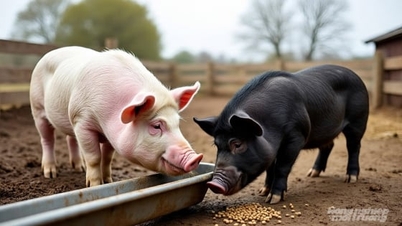

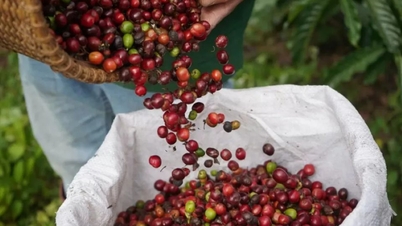
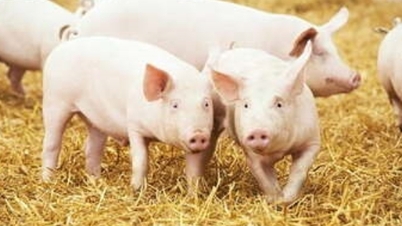



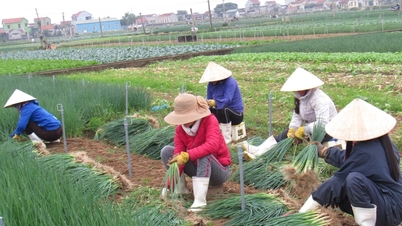


















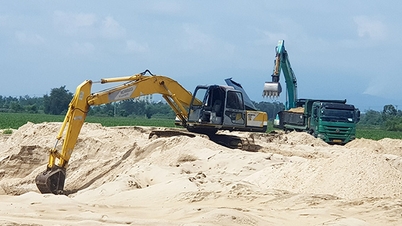

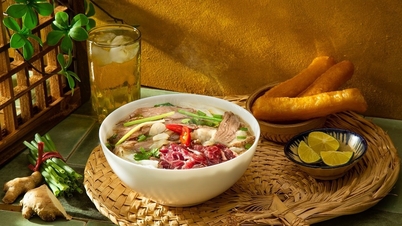






















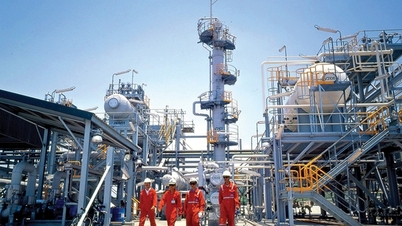

















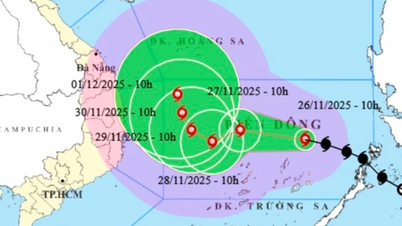













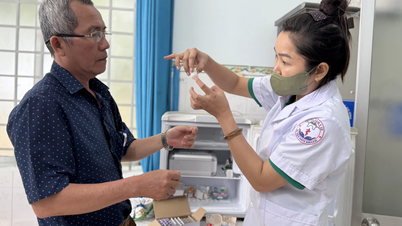

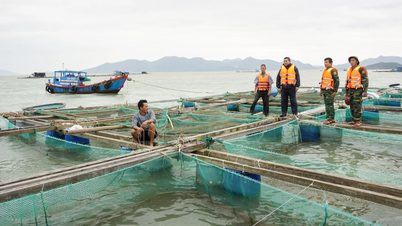












Comment (0)